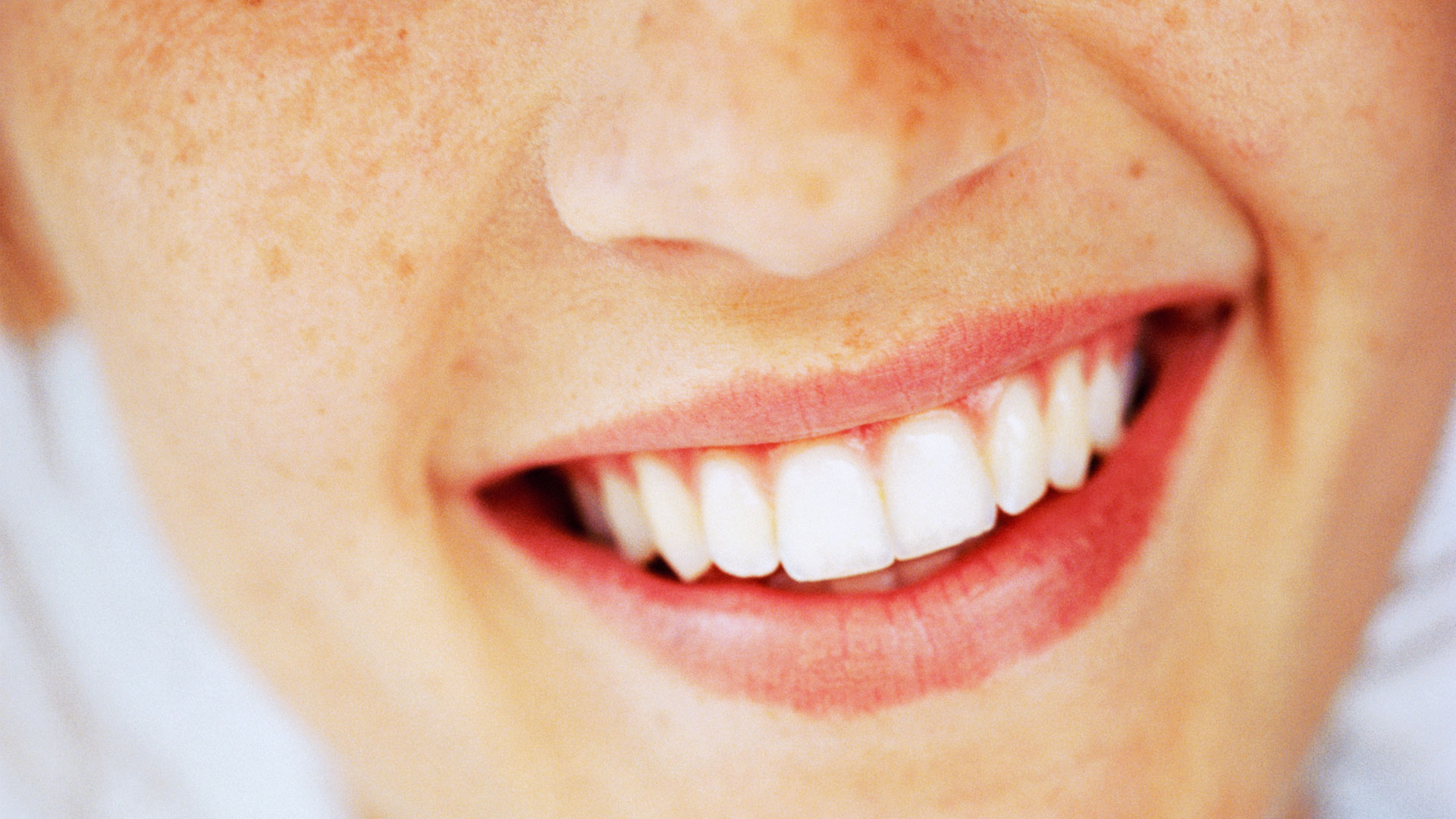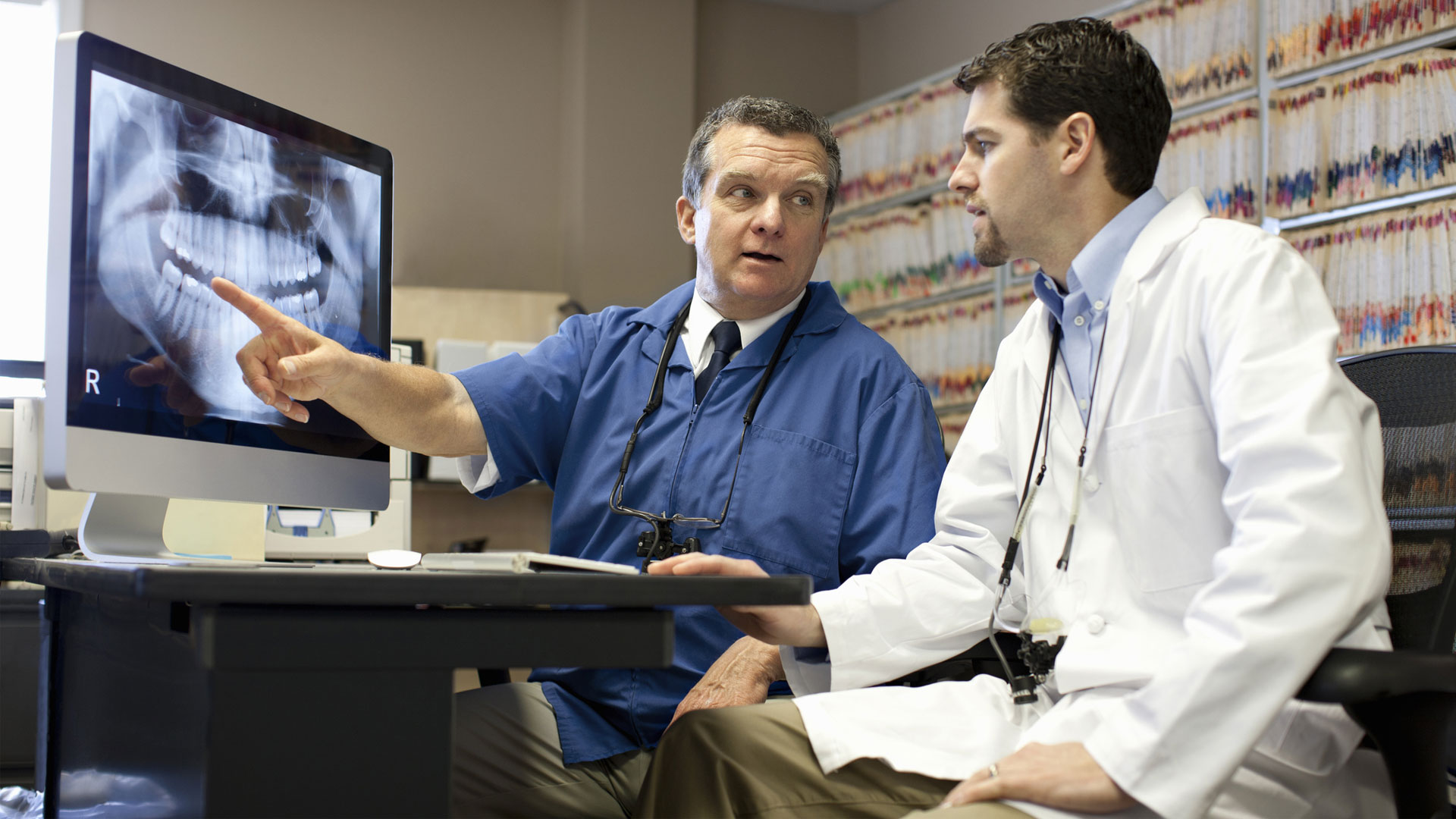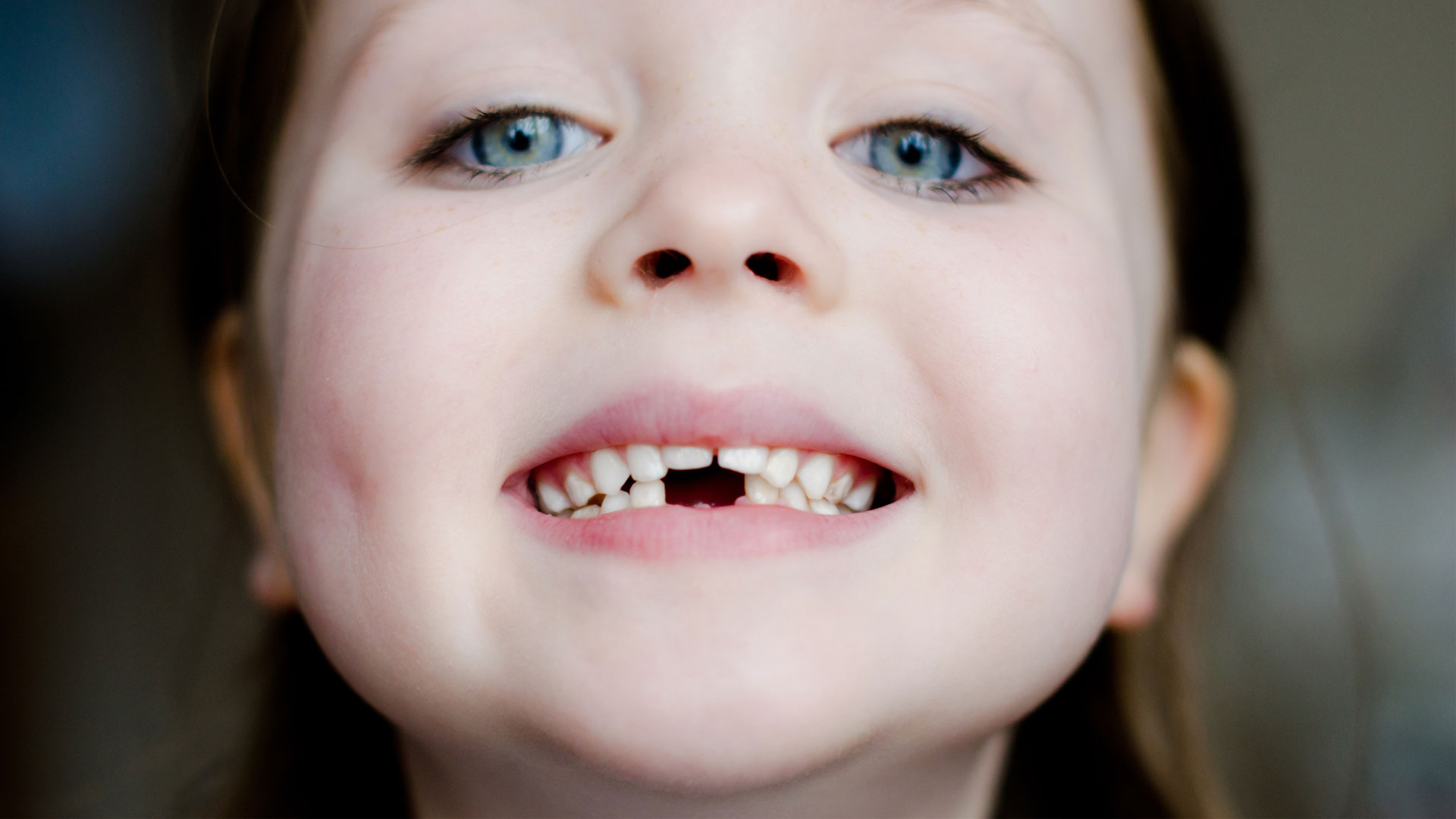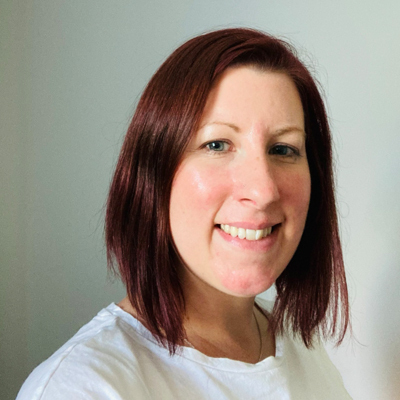Are teeth considered bones?
We aim to settle the question: are teeth considered bones?

Teeth are a vital indicator of our overall health, but are teeth considered bones? We need them for biting and chewing, but our teeth also ensure our jaw develops properly and aid speech. Not looking after our teeth can cause tooth decay and gum disease, leading to the removal of the offending teeth. And although they may resemble bones, what are they really?
We take a closer look at what teeth are made of, the different types of teeth and whether we can do without any of them. If you want to keep your pearly whites clean and healthy, investing in one of the best electric toothbrushes is a great way to take better care of your teeth. Make sure to check out our Philips electric toothbrush dealstoo.
Are teeth considered bones?
Bones and teeth are the hardest substances in the human body. They both contain calcium and together they account for 99% of the mineral in your body; the remaining 1% of calcium is found in your blood.
But that’s where the similarities end. Bone is a living tissue consisting of a collagen scaffold framework, filled in with calcium phosphate. This makes it strong but flexible, and because it is a living entity, it is constantly being regenerated and undergoing repair if damaged.
"Teeth are a very different structure to bone," Cat Edney, a dental hygienist and therapist, told LiveScience. "Teeth are made of nerve tissue, dentine and a hard shell-like structure: enamel. Enamel is the hardest tissue in the human body but it can also be worn away by bacteria, acid or chipped if we don't look after our teeth properly."
Have a look at our investigation into 'is milk good for your teeth' to see how drinking milk may help your dental health.

The innermost layer of your teeth is called pulp and contains blood vessels, nerves and connective tissue. Inflammation of the pulp is what causes pain when you have toothache. The pulp is covered by dentine, the hard supporting structure of the tooth, and then enamel, which is made of calcium phosphate. Under the gum line, you’ll find cementum; this covers the root and helps the tooth stay in place.
Because the outer part of our teeth is not a living tissue, our teeth cannot naturally repair themselves when damaged. Enamel can be remineralized, but it can’t regenerate if significantly damaged. This is why it’s so important to look after our teeth and treat tooth decay and cavities as soon as possible.
- Related: Are teeth naturally yellow?
What are the four types of teeth?
We are all born with a full set of baby teeth within our jaw; we’re just not aware of them until they start to come through! Babies tend to get their first teeth between six and 12 months – 10 at the top and 10 at the bottom, according to the NHS. By the time a child's 13 or 14, these baby teeth will have been replaced with a set of 32 larger, permanent adult teeth.
We have four different types of teeth: the incisors, canines, premolars and molars. The incisors are the first to come though, the bottom two first and then the top two, followed by the lateral incisors either side. These are usually the first to fall out.
"Incisors are the front teeth and are used for slicing food when we bite into it," said Edney. "They protect our lips and tongue and help us with creating sounds when we speak."
Next to erupt are the premolars; these are bigger and wider than the incisors and are used for crushing, grinding and chewing. Then come the canines. We have four in total, located next to each of the outermost incisors.
"Canines are the pointy corner teeth and are used for tearing food," explained Edney. "They also are very important to the other teeth because they protect them from being worn away – canines have a ramp-like shape on the back of them so that when we slide our jaw from side to side, they force our bite open, stopping us from breaking the edges of the other teeth."
The molars are the last to come through. These are the main chewing and food-grinding teeth; they ensure that food is small enough to swallow and they also support the jaw and protect the tongue, explained Edney. There are 12 in total, six at the top and six at the bottom, and they include our wisdom teeth. If you're curious, we've also explored the question, 'Can wisdom teeth grow back?'.
Do we need all of our teeth?
Each type of tooth has its own role in helping us bite, tear and chew food, but they also help maintain the shape and structure of the jaw. Baby teeth act as a guide for our permanent teeth and aid in the development of speech.
The baby teeth are replaced with adult teeth once the jaw has stopped growing and we need both sets to accommodate the change in our jaw size over time. But do we really need them all, and what happens if we don’t have a full set of 32 teeth?
"Really all of the teeth have their own role and function in our mouths but we are lucky to have three molars on each quarter and two premolars," said Edney. "Some people have one premolar per quarter removed to make space for braces to straighten their teeth."
- Related: Oral B vs Sonicare - Which toothbrush is better?
- Related: Best electric toothbrushes for kids

The third molars, or wisdom teeth, are the furthest back in the mouth and come through last, between the ages of 17 and 21, according to Mouth Healthy, part of the American Dental Association (ADA). For some people they cause no issues, but for others they can be problematic, either causing pain or not erupting properly.
"Some people do not have enough space for their third molar or Wisdom teeth and these can often be removed without causing too much upset to the person's chewing function," added Edney.
So, if you have teeth removed to accommodate braces or your wisdom teeth are impacted, it’s unlikely to affect your chewing capabilities too much. But if you have lost a tooth for any other reason, your other teeth may shift into the gap, say The Mayo Clinic. If tooth loss is widespread this can affect the shape of your jaw and face, and your ability to eat, so implants may be necessary to restore the structure and your smile.
Sign up for the Live Science daily newsletter now
Get the world’s most fascinating discoveries delivered straight to your inbox.
Kerry is a freelance writer and editor, specializing in science and health-related topics. Her work has appeared in many scientific and medical magazines and websites, including Forward, Patient, NetDoctor, YourWeather, the AZO portfolio, and NS Media titles.
Kerry’s articles cover a wide range of topics including astronomy, nanotechnology, physics, medical devices, pharmaceuticals and mental health, but she has a particular interest in environmental science, cleantech and climate change.
Kerry is NCTJ trained, and has a degree Natural Sciences from the University of Bath where she studied a range of topics, including chemistry, biology, and environmental sciences.











